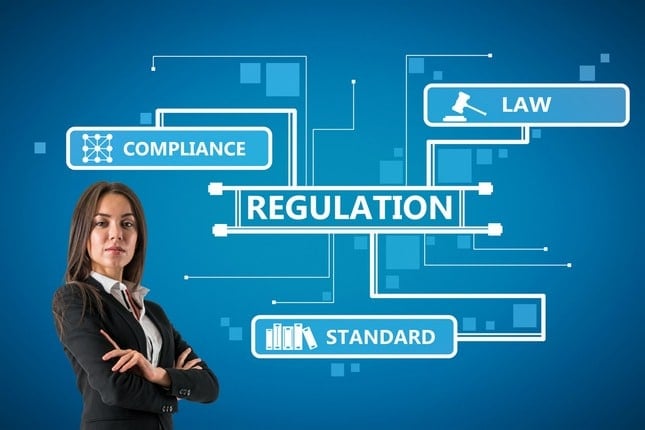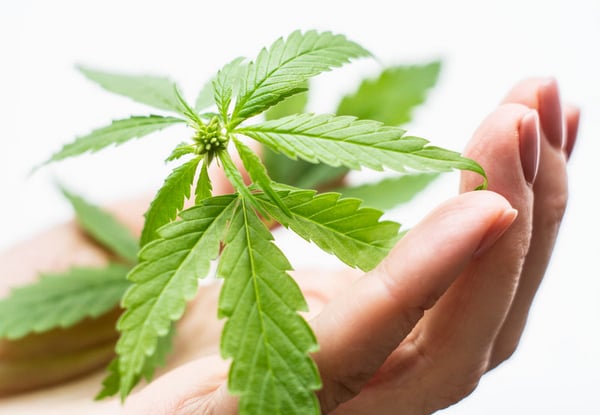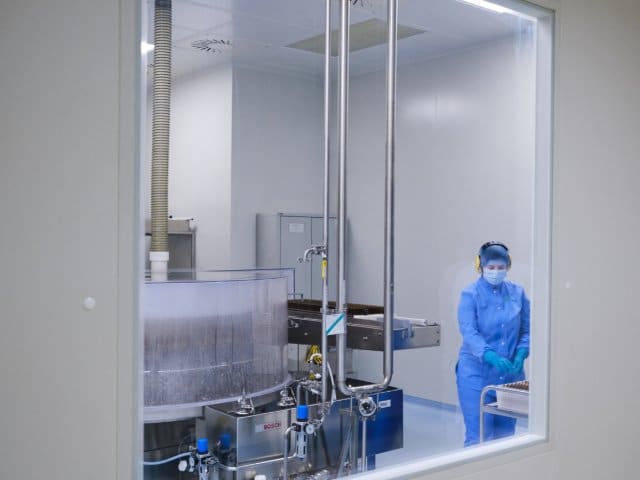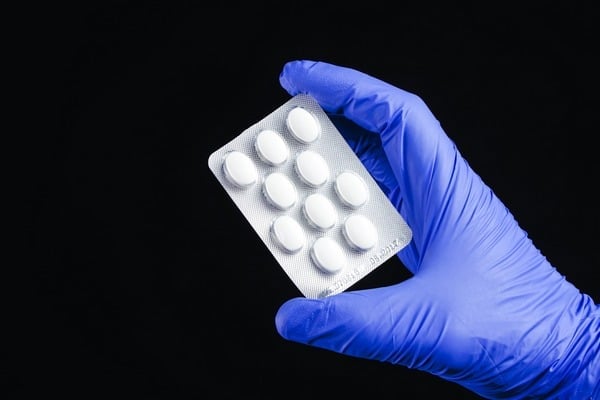Medicine supply shortages continue to wreak havoc on patient care and treatment continuity.
The effect of the pandemic on medicine supply chains was rapid. Drug supply shortages were noticeable by early March 2020, just a few months into the emergence of an unprecedented worldwide crisis.
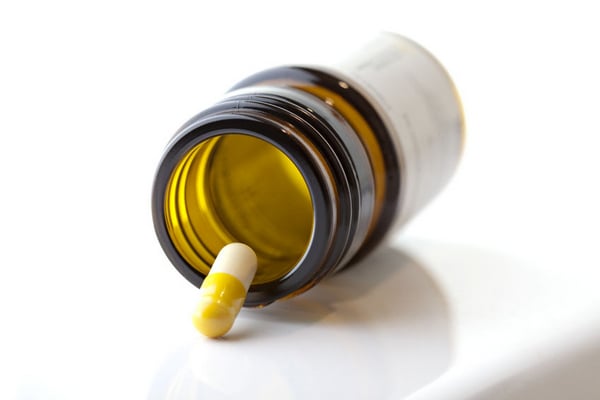
It wasn’t the first time there was a shortage of necessary medicines around the globe. And it won’t be the last, given we have an ageing population, ongoing viral spread, shortages of GMP-trained manufacturing personnel, and antibiotic resistance.
Supply chain problems boiled down to ‘scale’ versus ‘scalability’
The pandemic saw skyrocketing demand for medicines and medical equipment – while shortages of reagents, single-use injection equipment, APIs and other raw materials reached unprecedented proportions.
In a nutshell, there was a significantly increased scale of demand coupled with decreased scalability.
The pandemic had unparalleled impacts on pharmaceutical supply chains. There were conflicting production demands; shortages of GMP personnel, critical services and supplies; and complicated distribution logistics due to travel bans.
- Demand for medicinal products vastly exceeded available supplies.
- There were worldwide shipping disruptions/delays.
- Counterfeit medicine infiltration became an even bigger problem.
- GMP trained contractors and employees were in short supply.
But within the challenges, something incredibly valuable emerged. That ‘valuable something’ was medicine supply chain information (detailed supply chain data).
More specifically, supply chain vulnerability information.
- The pandemic brought our life sciences industry valuable new information regarding pharmaceutical supply chain disruption risks.
- It amplified the need for more effective supply chain risk management strategies, especially during a crisis.
Or as the FDA puts it, implementing more robust risk management strategies to ensure medicines and medical device supplies are available when needed.
Including when these products are suddenly needed by billions of people, all at once – such as during a natural disaster, pandemic, or other emergency scenarios.
The global pandemic crisis placed every aspect of pharmaceutical manufacturing & distribution under stress.
Stressors included an inability to engage in sovereign production due to:
- Raw material shortages
- Inadequate sovereign manufacturing facilities
- A lack of qualified backup personnel with QMP training
- Logistical nightmares during travel bans
- Global competition for medicinal supplies
- Counterfeit medicines, substandard PPE, and product theft
Pharmaceutical industry responses to supply shortages
Our industry responses during this crisis were phenomenal, given the circumstances. But they could have been better.
- Supply chain weaknesses are exactly what regulators, manufacturers and distribution companies are now seeking to improve.
- Overcoming supply chain challenges for medicines, medical devices and hospital equipment – during & after a crisis – is the current focus of the sector.
More than ever, the focus is on GMP compliance and adequately trained numbers of personnel, with sovereign production facilities once again at the forefront of production.
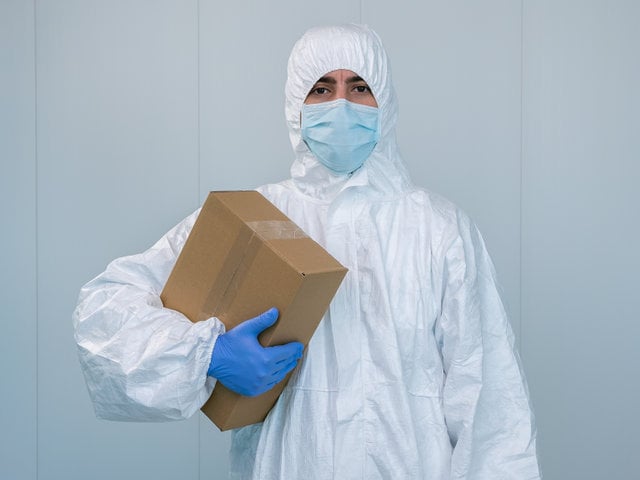
Global medicine shortages are teaching pharmaceutical and medical device manufacturers, as well as Competent Authorities, valuable lessons about being prepared for emergency scenarios.
We are now well into the 3rd year of the pandemic.
- Despite accelerated drug development processes and innovative treatments, the ramifications of this global crisis will impact our populations, and our workplaces, for years to come.
Understanding the vulnerability of medicine supply chains
- Gaining valuable information on supply chain vulnerability reveals there is much more to be done to secure and protect our medical supplies.
- The word ‘secure’ also means ‘sustainable’, a primary objective of modern manufacturing.
- Attaining manufacturing sustainability (and cost containment) requires protecting resources and reducing waste.
Reducing waste and recalls by ensuring GMP and GxP compliance
It must never be forgotten that production resources, from raw materials through to packaging and labelling materials, are precious commodities. So, too, are GMP-trained personnel and contractors.
Like all things of value, such resources should never be taken for granted.
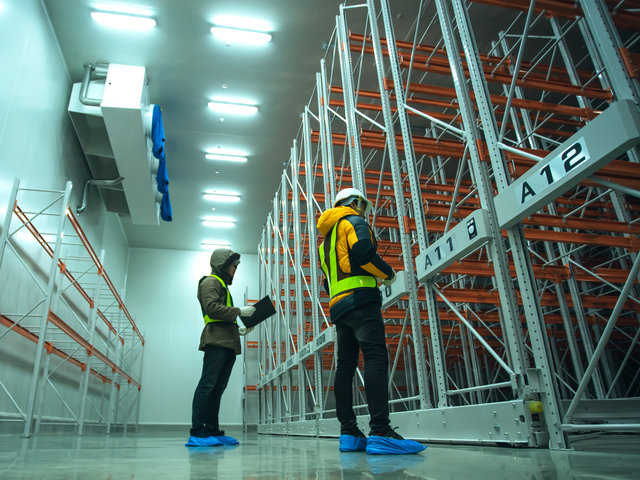
Medicine Supply Shortages and Supply Chain Risk Management
The importance of GMP compliance for ensuring the sustainability and integrity of medicine supply chains
At the heart of preventing shortages of medicines, medical devices, and PPE is reducing waste; e.g. reducing wastage of APIs and other raw materials as well as finished products.
Essentials of waste reduction and material quality control/materials testing
Reducing waste is achievable by ensuring effective pharmaceutical quality management systems (PQS) and quality control measures. This includes:
- Maintaining adequate supplier approval processes and recordkeeping
- Ensuring suppliers have been properly qualified and adhering to inspection schedules (using remote inspections/remote auditing where necessary)
- Quarantining and testing incoming products before releasing them for further production
- Keeping adequate records of all production activities (effective data integrity controls)
- Reducing deviations, OOS & non-conformance events and recalls
- Reducing temperature excursions during product storage and transportation
- Guarding against theft/diversion risks and counterfeits
In brief, the best risk management strategy for medicine supply chain integrity & sustainability means ensuring your quality controls & distribution management systems are compliant with Good Manufacturing Practice (GMP)/GxP requirements.
Reducing supply chain vulnerability also requires:
- Working innovatively and collaboratively to enable rapid production scale-ups while ensuring appropriate quality controls; and
- Ensuring highly-trained personnel are enabled to detect and report deviations at the early stages of manufacturing so that precious resources are not wasted along the way.
Medicine supply shortages are again making news headlines
The pandemic revealed areas for improvement across nearly all industries and Government agencies.
- The pandemic resulted in millions of people needing more medicines, medical devices, PPE supplies, and ICU equipment.
- It led to increased pressure to streamline drug approval applications and to improve government responses to supply shortages.
- It exposed weaknesses in supply chain management for pharmaceutical products.
- It amplified the need to strengthen risk management strategies by manufacturers and distributors, including respite facilities and hospitals.
- And there are continuing news stories about medicine shortages because we simply do not have enough of what we need to cope with this type of demand.
- Especially when there are ongoing shipping delays, scarce raw materials, and a shortage of GMP trained personnel or contractors.
Examples of supply chain vulnerabilities
The following weaknesses, or challenges, were identified when supply chains became strained under increased demands:
- A lack of preparedness for production ‘scale up’ initiatives
- Increasingly complex supply chains
- Multi-stage/multi-region manufacturing processes
- Shortages of raw materials including APIs
- Shortages of single-use injection materials
- Disrupted distribution channels and heightened security risks (product diversion)
- Challenging transportation logistics
- Temperature-sensitive vaccines
- An inability to conduct onsite inspections of critical suppliers
- Lack of knowledge in conducting remote site inspections to qualify new suppliers
- Fewer businesses providing sovereign production of medicines
- Other challenges related to the healthcare crisis
FDA articles on supply chain shortages
Because the industry continues to struggle with meeting supply chain needs, the FDA, as recently as May 2022, is urging manufacturers to take more initiative to reduce these shortages.
Excerpt: “…despite mitigating or preventing hundreds of new drug shortages, disruptions in the U.S. drug supply continue to occur due to drug quality problems, vulnerabilities in the global supply chain, unanticipated increases in demand, market withdrawals of drugs or natural disasters.” Source: FDA publication dated 19 May 2022
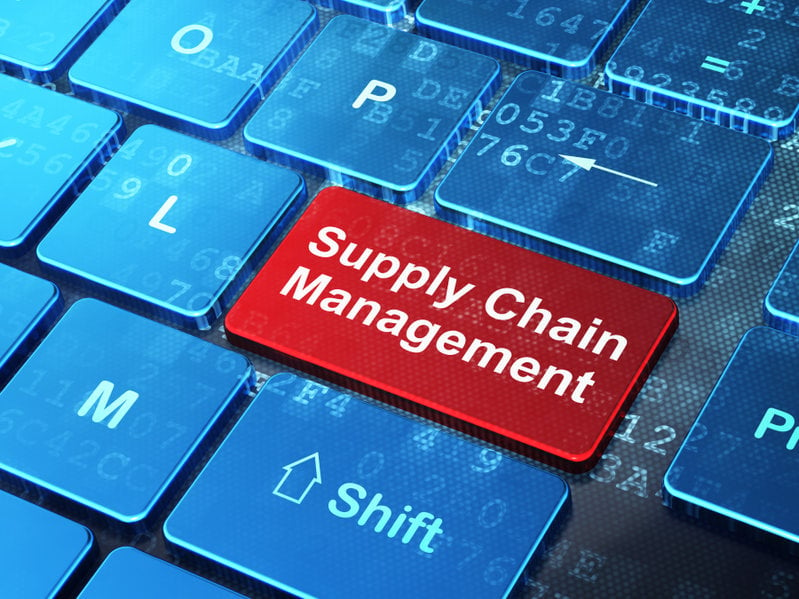
Quality Risk Management: medicine supply chains
Reducing medicine shortages requires robust supply chain risk management strategies.
The key message from the FDA regarding medicine supply shortages is that pharmaceutical manufacturers/wholesale distributors need more robust quality risk management strategies in relation to:
- medicine supply chains
- quality controls/contamination prevention during pharmaceutical production
- alternative suppliers (supplier qualification procedures)
- preparedness for potential disruptions and solutions to medicine or API shortages
- recall procedures and stock availability issues related to medicine recalls
- trained distribution personnel to ensure cold-chain, data integrity and product security requirements are being met
GMP compliance education – online or onsite training


Visit the online GMP training pages (opens in a new tab) or continue reading about supplier qualification requirements for new suppliers when facing API shortages/other supply chain shortages. Or click here for 1-day intensive GMP courses or onsite GMP training.
Train your GMP manufacturing and distribution personnel in Deviations Management, Good Warehouse Practice (GWP) & Good Distribution Practice (GDP).
Supplier qualification courses & deviations management
Additional areas targeted for risk management improvements by pharmaceutical and medical device manufacturers/distributors, to ensure a sustainable supply chain of pharmaceutical products, medical devices, PPE, and ICU equipment, include:
- supplier risk assessment documentation/supplier records
- qualification processes and documentation for new suppliers
- receipt of incoming goods
- good distribution practice (GDP) training for transport personnel
- good warehouse practice (GWP) training for GMP warehouse personnel
- remote inspections/remote auditing training
Summary of Supply Chain shortages in the Pharmaceutical Industry
Ensuring medicine supply chains are more robust requires strategic risk management.
Reducing API wastage/product waste through GMP training, CAPA, and other pharmaceutical quality controls
Given product wastage due to deviations and non-conformances is one of several reasons we are experiencing drug shortages in pharmaceutical supply chains, the detection and management of deviations/non-conformances and proper implementation of CAPAs take on even greater importance.
Strategies needed to reduce medicine shortages
- The shortages of medicines we’re experiencing today, and the potential harm these scenarios present to patients, resulted from a combination of factors.
- The solution requires a combination of measures to address and mitigate these supply chain vulnerabilities.
- These measures may include:
- Better preparing manufacturers for sovereign production during a crisis
- Authorising generic production during emergencies
- Ensuring ramp-up procedures are in place (scalable production including scalable packaging, labelling, and cold-chain distribution)
- Keeping a close eye on product security due to increased diversion risks/counterfeit risks during a pandemic
- Ensuring employees, contractors, and suppliers have appropriate and ongoing GMP training
- Updating SOPs and other quality system documentation relevant to scaled-up production efforts
- Ensuring adequate SOP & GMP training for personnel, contractors and substitute production workers
- Managing staff shortages of GMP personnel and contractors (due to the pandemic and/or lockdowns) to avoid production compromises, production delays, or quality issues
How to prevent medicine supply chain shortages
The number one measure to prevent supply chain security is to ensure full compliance with all relevant Good Manufacturing Practice (GMP) standards and national laws.
Supply chain security goes well beyond implementing appropriate Pharmaceutical quality controls and data integrity measures.
It relies on maintaining appropriate personnel numbers during shifts; and providing adequate, ongoing training in key GMP Education topics, from Good Recordkeeping Practice (GRK)/Good Documentation Practice through to Batch Certification and Release for Supply (Annex 16).
GMP/GxP compliance also requires training your personnel in Good Warehouse Practice and Good Distribution Practice (GDP) as required by the PIC/S GDP guidelines and other distribution standards, such as the EU GDP directives for the EU/EEA.
Train your personnel with online GMP training courses: or with onsite or internet-delivered virtual training facilitated by GMP experts.
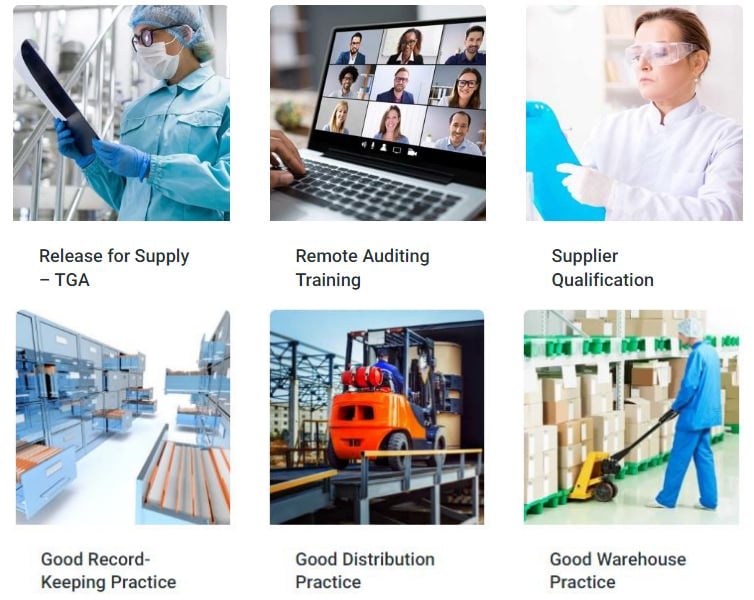
The importance of GWP and GDP for logistics, warehouse and distribution personnel
Warehouse personnel and distribution/transportation personnel must also be highly trained in pharmaceutical product transportation and security, to avoid product deterioration (breaches of cold chain requirements, for example, and medicines being exposed to excessive humidity or temperature extremes during transport) as well as packaging/labelling errors, theft/diversion, counterfeits, and substandard medications.)
Browse our GMP Education courses (Certificate GMP Training Courses) with trackable completion rates for your training department records/PQS records for personnel and contractors.
For onsite training for groups of 10 or more employees or for online GMP course training bundles for over 50 employees, use the ‘contact us’ page for a quote.
Resources and reading for supply chain management
Supply Chain Risks re Covid-19 medicines
BCC journal articles: Counterfeits during the pandemic
Time magazine article: Interpol seizing of fake medicines and PPE and substandard medicines during the pandemic
Designing a resilient supply chain: An approach to reduce drug shortages in epidemic outbreaks
Authors: Lozano-Diez, Jose and Marmolejo-Saucedo, Jose and Rodriguez-Aguilar, Roman (2020)
Journal: EAI Endorsed Transactions on Pervasive Health and Technology, 6 (21). e2. ISSN 2411-7145
Avoiding medicine wastes: Introducing a sustainable approach in the pharmaceutical supply chain
Authors: RoyaTatabJafarHeydaria
Publication: Journal of Cleaner Production, Volume 320, 20 October 2021, 128698
Last updated on November 16th, 2022 at 08:05 am


